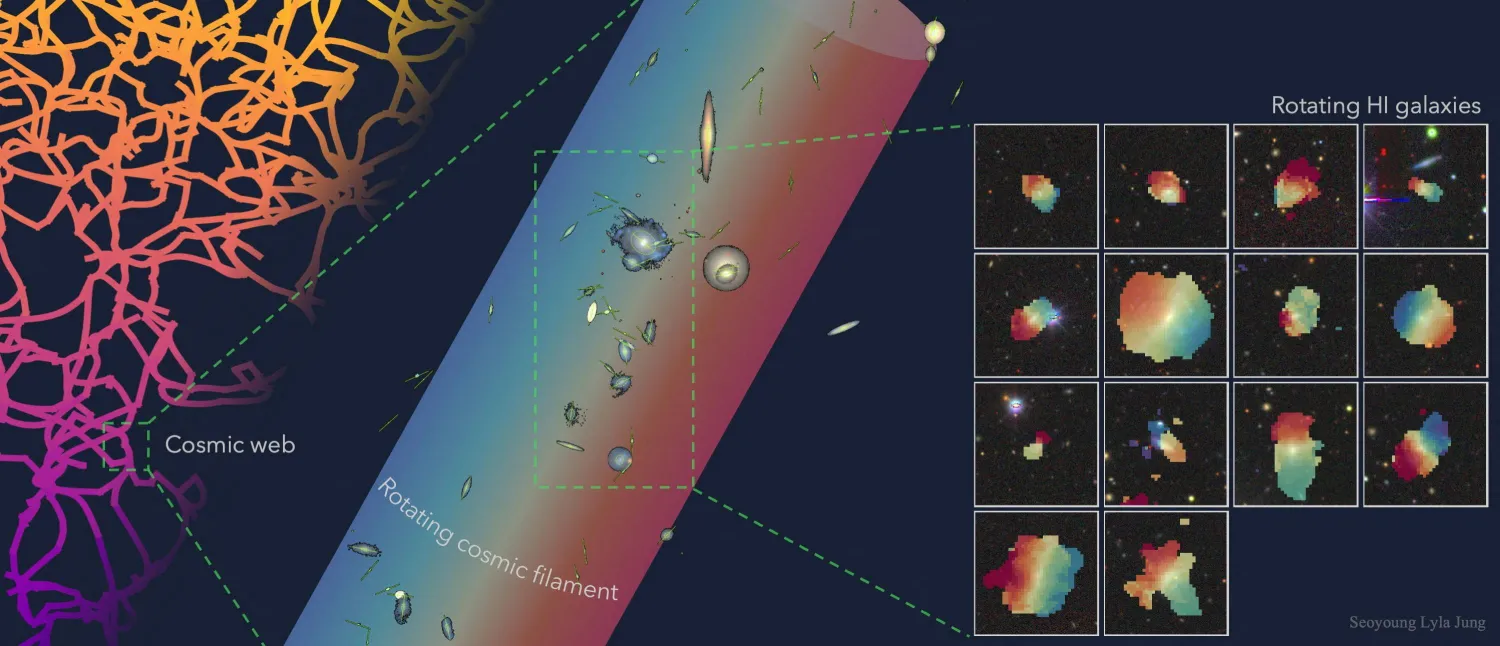Rio de Janeiro — already notorious for street muggings, corrupt politicians, ruthless militias and Kalashnikov-toting drug traffickers — has a new public enemy: plushies. Or, more specifically, the joystick-controlled claw machines that dispense them.
On Wednesday, Rio police carried out 16 search warrants targeting the machines that elicit exhilaration among children and adults alike. But police said the claw machines defraud users who believe scoring stuffed animals to be a test of skill. In fact, they are games of chance — just like slot machines — and therefore illegal, according to their press office.
Officers seized claw machines, laptops, tablets, cell phones, a firearm and — yes — furry friends. They are investigating whether organized crime groups may be the invisible hand behind the claw because they already run slot machines and a popular lottery known as “Animal Game” across the city. Police in Brazil’s southern Santa Catarina state carried out an additional three search warrants Wednesday as part of the same operation.
It marked the second such police crackdown, following another in May during which officers apprehended 80 machines. Not only were those machines stocked with counterfeit plushies, but subsequent analysis of their programming found winning pulls were permitted only after a set number of attempts, police said in their statement Wednesday. Facilitating such sporadic, successful snags is an electrical current to the otherwise enfeebled claw so it holds fast to its prize, the statement said.
That programming isn’t disclosed to naive users, including children liable to blow their pocket money on what’s effectively a crap shoot. Claw machines can be found in Rio’s shopping malls, subway stations, supermarkets, arcades and toy stores.
Among Rio’s claw aficionados is Alessandra Libonatti, 41, who has played for nearly three decades. She remembers the machines causing a stir when they first appeared in the city; she had only seen them before in movies. These days she tends to play once a week, whether alone or at the mall with friends who share her “peculiar” hobby.
She likes the low-investment adrenaline rush and, by her own account, she’s a talented clawmaster who has honed her techniques to maximize success, from scouting the stuffed animal landscape to precise positioning of the claw. She treasures a manatee with jaguar spots that she pulled in on a trip to the nation’s capital with friends.
“When I pass by a machine, I give it a look to see if there’s a stuffed animal that makes it worth it to play,” she told The Associated Press. “Because it’s not always worth it; sometimes it’s clearly a waste of money.”
Claw machines may have been feats of skill in decades past, but most modern machines have built-in programming allowing operators to predetermine their profitability, said Jeremy Hambly, a claw game aficionado from the Milwaukee area. His ClawStruck YouTube channel shows how many different models work, he previously told the AP. He said odds should be posted prominently on machines for users to review.
Most US states consider claw machines games of chance and specifically exempt them from gambling statutes, as long as they comply with certain rules specific to those states. According to industry officials, it’s in arcades’ best interests to have customers win so they’ll keep playing.
But lately it’s tough going for Rio’s claw connoisseurs, Libonatti said. And she chalks that up to changes made to the machines that didn’t escape her exacting eye.
“The current machines are crap. The claws are weaker,” she wrote in a text message to a friend in April, reviewed by the AP.
“Amiga, yessssss!” her friend replied. “I went back to the machines where I always got (stuffed animals) in recent weeks and they’re soooooo weak!”
Local online media outlet G1 dubbed the phenomenon the “weak claw scam.”
The nearly 13,000 stuffed animals police detained in May were initially destined for destruction, but a request from state lawmakers found favor with a judge who spared them. Instead, police donated the plushies to families who lost their homes in the massive floods of southern Rio Grande do Sul state, particularly children in shelters.
The fate of the stuffed animals seized Wednesday was still unclear.









